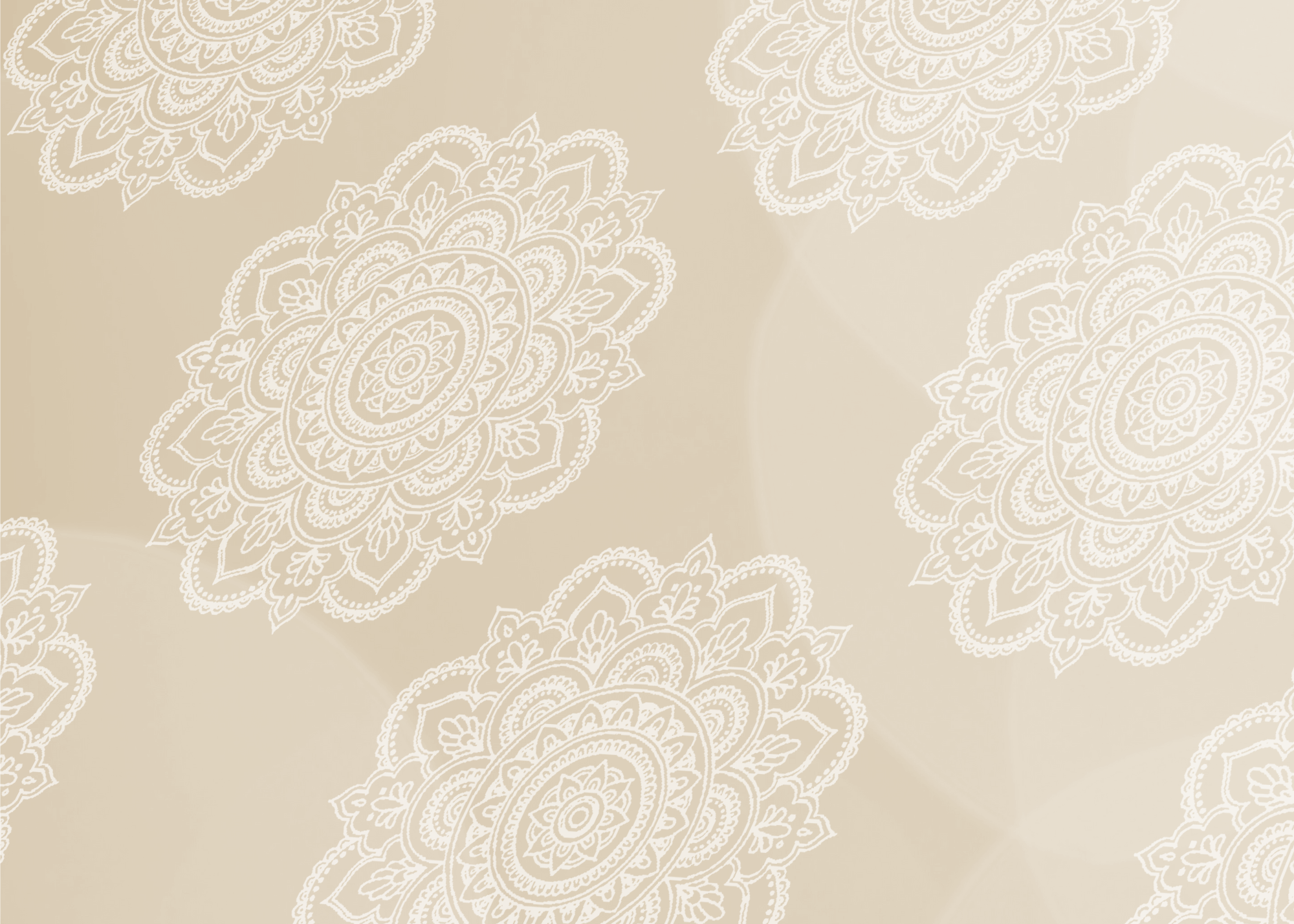
01 Mar Reiki and Massage: A Synergistic Combination
I wanted to use massage therapy as a stepping stone to a career in Reiki, but what I discovered is that the two healing modalities complement each other and create a unique synergy all their own.
The first time I had a Reiki session, I was there seeking help with the stress associated with my job. I worked as an artist at an interior de.sign firm where the environment was energetically toxic. The Reiki experience was profound, and I wanted to know more about it, so I took a Reiki class. Not long after taking the class, I considered a career in Reiki. At that time, Reiki was a lesser-known modality than it is today. Few had heard of it and finding clients took a lot of work. Seeking guidance, I did daily self-Reiki, visualizations, manifesting, and sending Reiki to my guides.
I quit my toxic job and went to Mexico to spend the winter on the beach and consider my next move. Many changes and shifts happened then. I felt a lot of buzzing in my hands and feet as my connection to Reiki strengthened. Sitting in the warm sand, listening to the surf, I meditated on my life path. What I heard was that my journey to Reiki would be through massage. I would gain more hands-on experience and work with more people than if I did Reiki sessions alone.
It turns out this wasn’t a novel approach. Hiroshi Doi considered Reiki and massage a crucial part of his treatments. He wrote, “Ketsueki Kokan Ho, or Blood Circulation Method, is a method to balance the blood cir-culation system by the use of gentle hand techniques. It is very effective for improving not only the blood circulation but also the immune system. It is good for people with poor circulation, as well as those with various chronic diseases, such as diabetes, high blood pressure, and so on.”1
After my Mexico trip, I received my massage therapy training and completed my Reiki Master training that same year. I soon found part-time massage work at clinics, spas, events, and hospitals. Once I had gained hundreds of hours of experience, I started my business. I began that process by using Reiki to manifest and help guide my journey. I was sending Reiki to my crystal grid, using the Reiki moving meditation, and doing daily self-Reiki sessions.
Reiki hadn’t steered me wrong—the business quickly took off, and I had lots of repeat business. Reiki and massage became my most popular service. I found these modalities complement and enhance relaxation and healing for both the client and the practitioner. Reiki made me a better massage therapist and allowed me to continue in the field far longer than I would have done without it.
Without Reiki, the massage therapist often uses their own energy. The physical and mental effort takes its toll. Over time, massage therapists can suffer from burnout. Most last about five years into their career before they’re forced to quit because of injury or exhaustion. However, the therapist can work lighter and more precisely by combining Reiki and massage. The heightened intuition that Reiki energy provides will guide the hands to apply the right amount of pressure exactly where needed. If a therapist works with Reiki before the massage, it will cut down on the time they need to spend on each area, since Reiki warms the muscle tissue, allowing further relaxation. The result is an overall reduction of the impact on the massage therapist’s body. This method may help a massage therapist avoid burnout in the long run.
Over the years, I identified the best way for me to per.form this combined service. I start with Reiki, listening to my intuition for where to begin with the client. Then I offer Reiki to this area until I feel guided to go to another area. Sometimes I’m guided to problem areas already identified, sometimes not. I let the Reiki energy guide the session and provide the healing.
Usually, about halfway through the session, I switch to massage. During the massage, I focus on the problem areas the client wishes to address. As I work on points on the body and across the meridians, I develop a heightened awareness of the energy flowing through the body. Reiki energy will go to the areas that need it, even before the massage therapist goes in and physically works it out. It works on emotional, physical, and spiritual levels, so when we work with that energy, it always complements anything we do and amplifies the results.
In a session, clients and practitioners may feel the Reiki energy releasing in areas of the body. This energy can be hot or cold sensations, twitching, spasming, or a buzzing, electrical feeling. The energy released is usually emotional or physical stress accumulated in the body, which may have developed into more severe problems if left unattended.
This process is a wonderful experience for the client. Clients have told me that a single Reiki massage has done more to fix their body than ten deep-tissue massages with.out Reiki. Ultimately, massage was a stepping stone to a career in Reiki. But it also opened up healing possibilities I hadn’t imagined before and made available techniques integral to my practice even today.
Endnotes 1 Hiroshi Doi, A Modern Method for Reiki Healing (Southfield, MI: Vision Publications, 2014).
Jill Thiel is an ICRT Licensed Reiki Master Teacher, the owner of The Minnesota Reiki Center for Healing and Training and has been teaching Reiki since 2007. She is also a licensed massage therapist, certified foot reflexologist, and sound healer. Jill lives in Minneapolis, Minnesota where she is a skilled gardener and expert on sustainability and winter food growing. Reach Jill by email at jthiel@mnreikicenter.com or through her website at www.mnreikicenter.com.

www.reiki.org • Fall 2023 • © Reiki News Magazine 23



